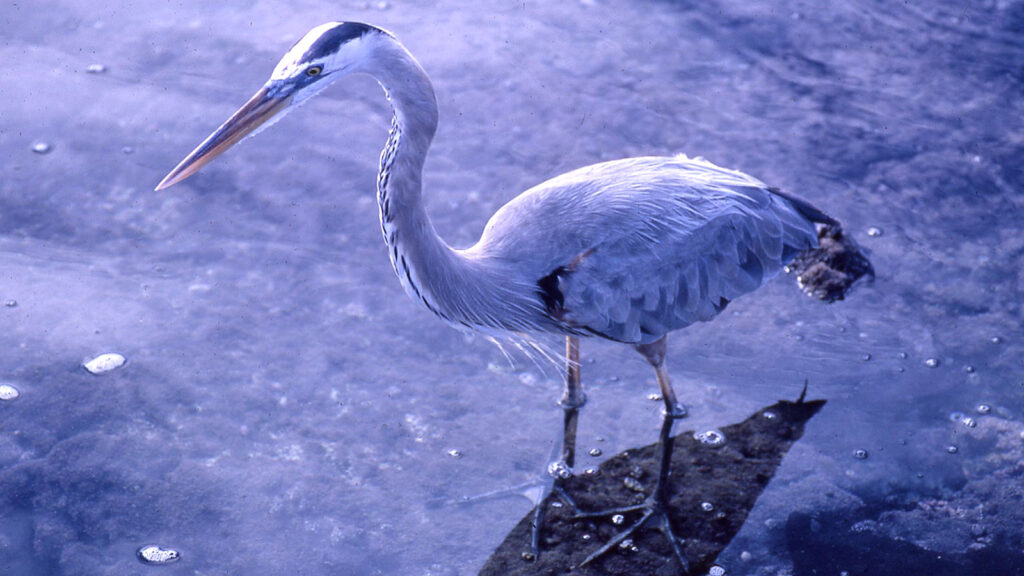The heron has long practised splitting water in this way to get the energy it needs. Science is also looking for energy by splitting water. However, the goal is to use the sun’s rays to release hydrogen from water molecules.
The splitting of water by light is the fundamental process of photosynthesis. Since the energy-providing hydrogen in water eventually combines with carbon dioxide to form carbohydrates, it is the energetic basis of higher life.
In order to split water with light, a catalyst material is needed that enables the process to be carried out with low energy consumption.
I have developed and presented a special class of catalysts. By absorbing light, they change their chemical bonds in such a way that they attach water in order to react with it. Technically, this can be described as water splitting via light-induced chemical coordination mechanisms (e.g. Refs. 22, 54, 77, 88, 265).
An example of such a photocatalyst is ruthenium disulphide, RuS2. The strategy chosen was biomimetic, since nature also uses coordination chemical mechanisms for water splitting in the manganese complex of photosynthesis. However, this is more complicated and works with the common transition metal manganese. I also contributed to a then record-breaking laboratory experiment: hydrogen could be released with 18% solar energy yield (Ref. 314).


 Deutsch
Deutsch Italiano
Italiano